Ground shipping is currently paused. Local deliveries throughout Long Island will continue as usual. Pre-orders for fall are now open. Non-local orders will begin shipping again in early September. Click here to learn more.
Please be aware that all shipping will be suspended on December 23 and will resume January 5. Dismiss
Skip to contentGround shipping is currently paused. Local deliveries throughout Long Island will continue as usual. Pre-orders for fall are now open. Non-local orders will begin shipping again in early September. Click here to learn more.
| Size | |
|---|---|
| Common Name | |
| Type | |
| Family | |
| Native? | |
| Zone | 4, 5, 6, 7, 8, 9 |
| Height Range (ft.) | 2.00 to 3.00 |
| Spread (ft.) | 1.50 to 2.50 |
| Bloom Time | |
| Bloom Description | Deep Blue, Rose Blue |
| Sun | |
| Water | |
| Maintenance | |
| Suggested Use | |
| Tolerate | |
| Growth Rate |
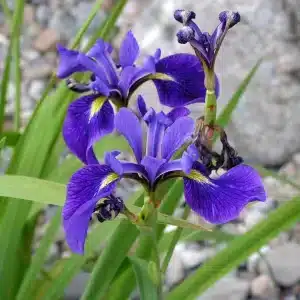
Tradescantia ohiensis, or Ohio Spiderwort, is a native perennial with grass-like foliage and vibrant blue-purple flowers.
Blooming from late spring to midsummer, this low-maintenance plant thrives in full sun to partial shade and a variety of soils.
Ideal for pollinator gardens, naturalized areas, and prairie plantings, it supports biodiversity and adds lasting beauty to the landscape.
$12.99 – $29.99Price range: $12.99 through $29.99
Please note: Sizes 1.5 Gallon and up can’t be shipped outside the counties of Nassau, Suffolk, and Queens.
Learn more about how the process works and how our plants are delivered.
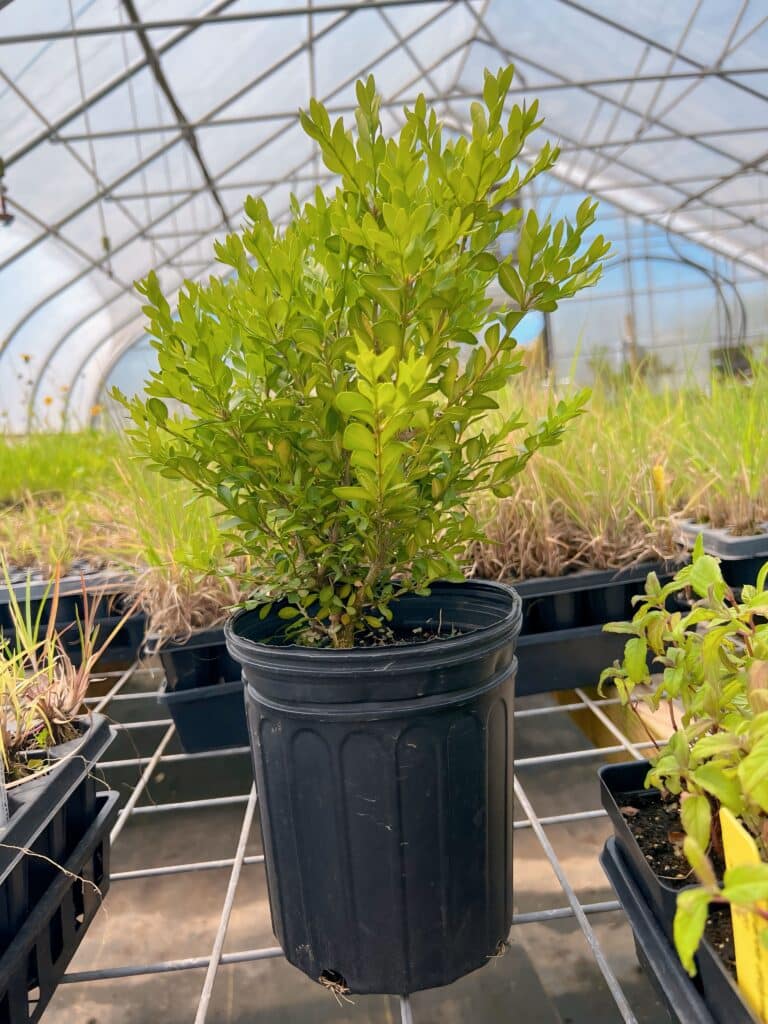
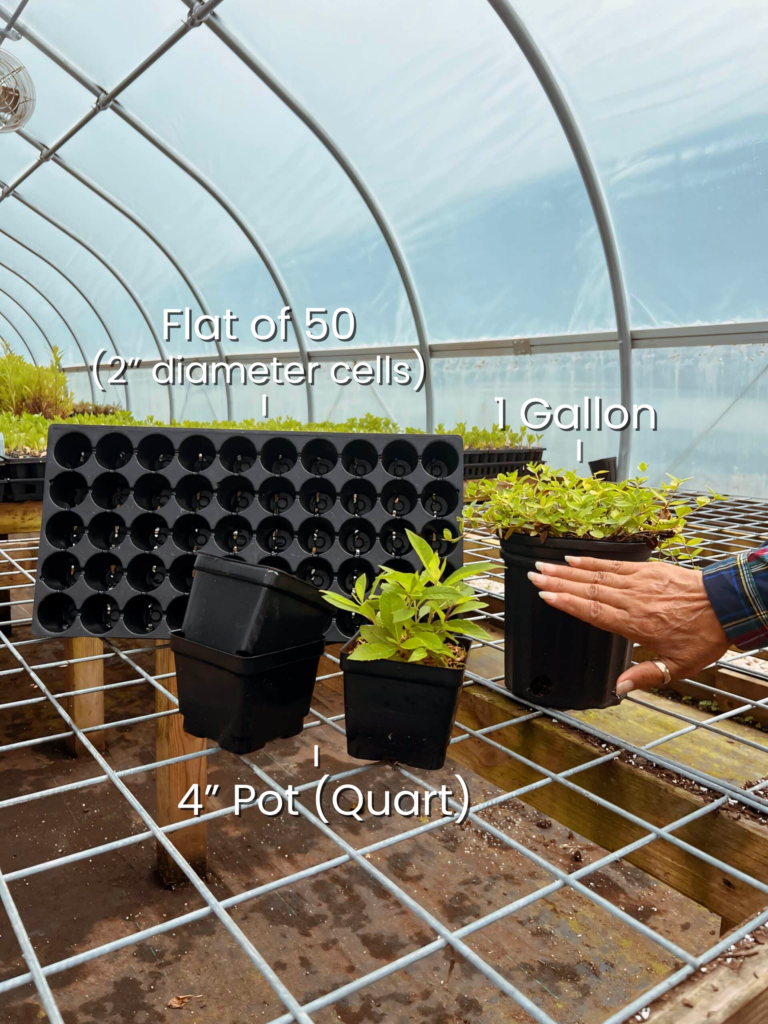
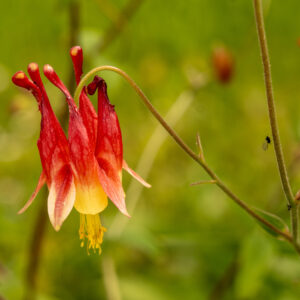
Ground shipping is paused due to summer heat. Only local delivery (Long Island & Queens) is available. Orders placed during the pause will begin processing September 1, and ground shipping will resume September 15.
| Size | |
|---|---|
| Common Name | |
| Type | |
| Family | |
| Native? | |
| Zone | 4, 5, 6, 7, 8, 9 |
| Height Range (ft.) | 2.00 to 3.00 |
| Spread (ft.) | 1.50 to 2.50 |
| Bloom Time | |
| Bloom Description | Deep Blue, Rose Blue |
| Sun | |
| Water | |
| Maintenance | |
| Suggested Use | |
| Tolerate | |
| Growth Rate |
Tradescantia ohiensis, commonly known as Ohio Spiderwort, is a hardy, native perennial that adds beauty and ecological value to any landscape. This clump-forming plant features arching, grass-like foliage and stunning clusters of vibrant blue to purple flowers that bloom from late spring into midsummer. Each delicate flower lasts only one day, but the plant produces blooms over several weeks, ensuring a continuous display of color.
Ohio Spiderwort thrives in full sun to partial shade and adapts well to a variety of soil types, including sandy or rocky soils. This low-maintenance plant is drought-tolerant once established and ideal for native plant gardens, pollinator gardens, or naturalized areas. The flowers attract bees, butterflies, and other pollinators, while its adaptability makes it suitable for prairie restorations, wildflower meadows, and rain gardens.
Ohio Spiderwort is an excellent choice for naturalizing in meadows, prairie gardens, or woodland edges. It pairs beautifully with other native perennials like Black-eyed Susan, Butterfly Weed, and Coneflower for a stunning, pollinator-friendly planting. Its grassy foliage and striking flowers make it a versatile addition to rain gardens or as a ground cover in sunny or partially shaded areas.
By planting Tradescantia ohiensis, you help support pollinators and other beneficial insects. As a native plant, it plays a critical role in maintaining local biodiversity and contributes to the health of your garden ecosystem.
/5
Total reviews
|
|
Persons recommended this product
Anonymous
Shopper
check_circle Verified
Shop owner replied
Was this helpful
Anonymous
Shopper
check_circle Verified
Shop owner replied
Was this helpful
There are no reviews yet.
Be the first to review “ ”
Your feedback helps us improve our service.
Please log in to submit a review.
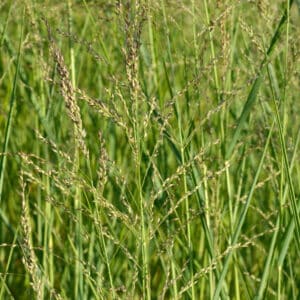
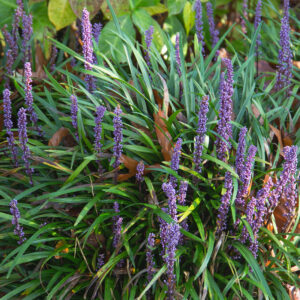

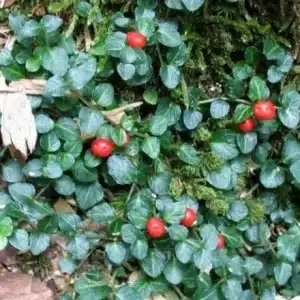
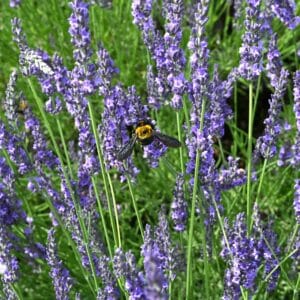

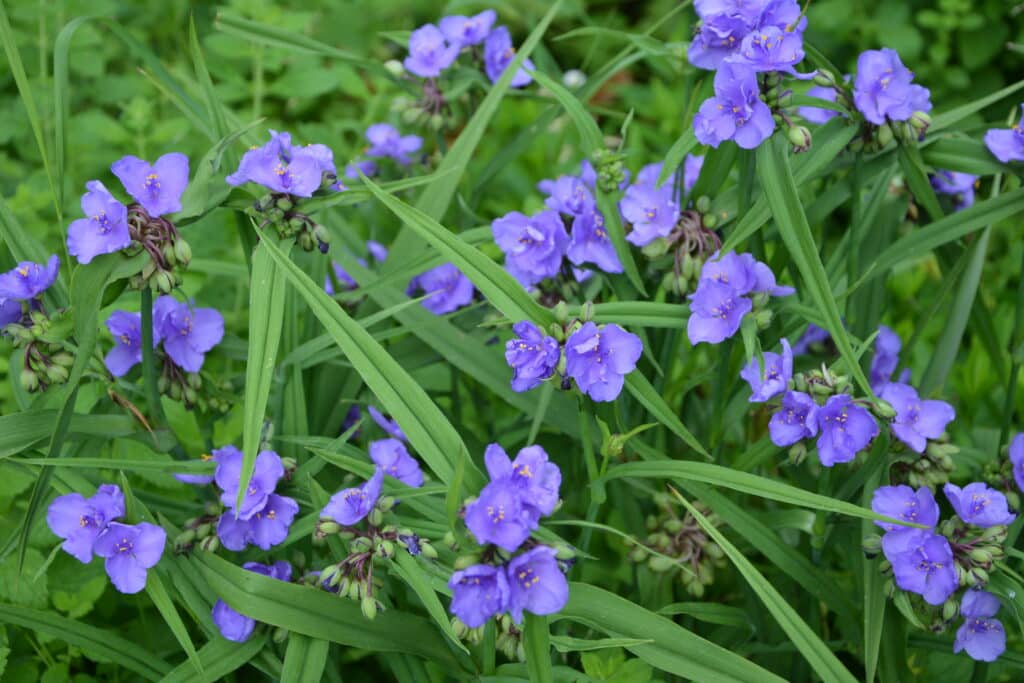
Ohio Spiderwort grows well in full sun to partial shade and adapts to a variety of soils, including clay, loam, and sandy soils, as long as they are moist but well-drained. It’s a great fit for prairies, meadows, open woodlands, rain gardens, and roadsides.
This upright, clump-forming perennial typically reaches 2–3 feet tall and spreads 12–18 inches wide. It features narrow, grass-like leaves and stems topped with clusters of bluish-purple, three-petaled flowers.
Ohio Spiderwort blooms in late spring to mid-summer (typically May through July), with individual flowers that open in the morning and close by midday. While each bloom is short-lived, the plant produces flowers continuously over several weeks.
Yes—Ohio Spiderwort is excellent for native bees and other pollinators, offering nectar and pollen during a key seasonal transition. Its long bloom time and early flowering period make it a valuable native addition to pollinator gardens.
Ohio Spiderwort is moderately deer-resistant. While young growth may occasionally be browsed, it is typically not a preferred food source, and established plants usually recover well from any browsing.
Our gift cards make it easy to share the beauty of plants, flowers, and all things green. Whether for a special occasion or just because, give the gift of choice and let them select their favorites to create a garden they’ll cherish.
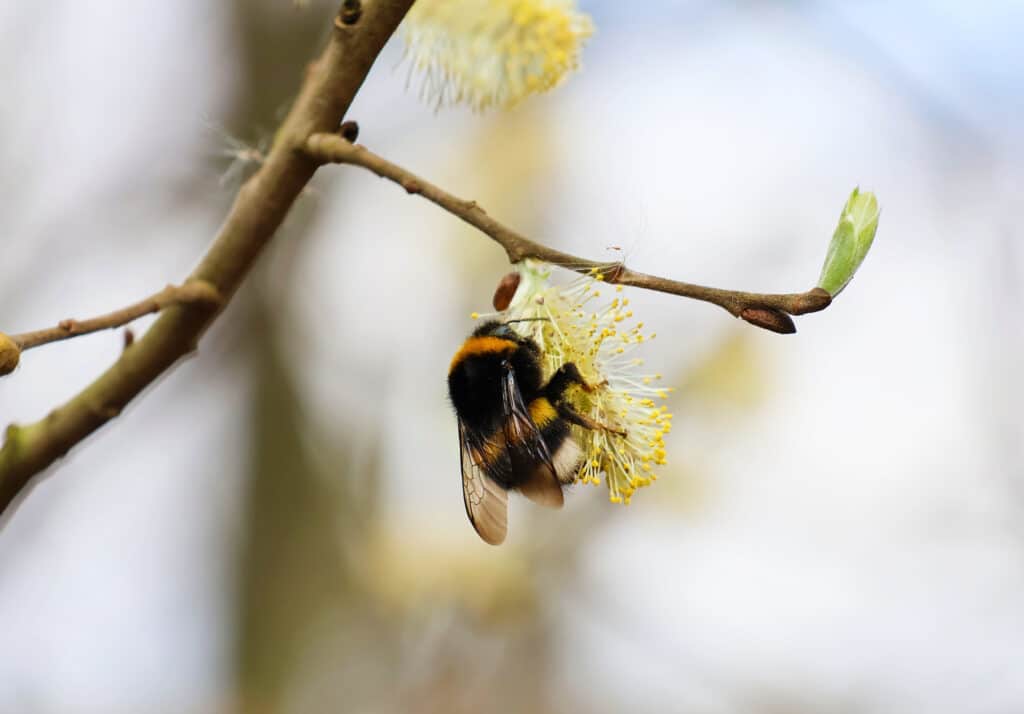
Only Local Delivery Available (Long Island & Queens)
Ground Shipping Paused
To protect our plants from extreme summer heat, we’ve paused nationwide ground shipping to avoid any damage during transit.
Local Delivery Only
We’re still delivering locally to Long Island and Queens, so nearby customers will continue to receive orders as usual.
Fall Pre-Orders Are Open Nationwide!
We will resume normal shipping for non-local orders placed during the pause in early September.
Thank you for your support and understanding—we’re looking forward to growing with you this fall!